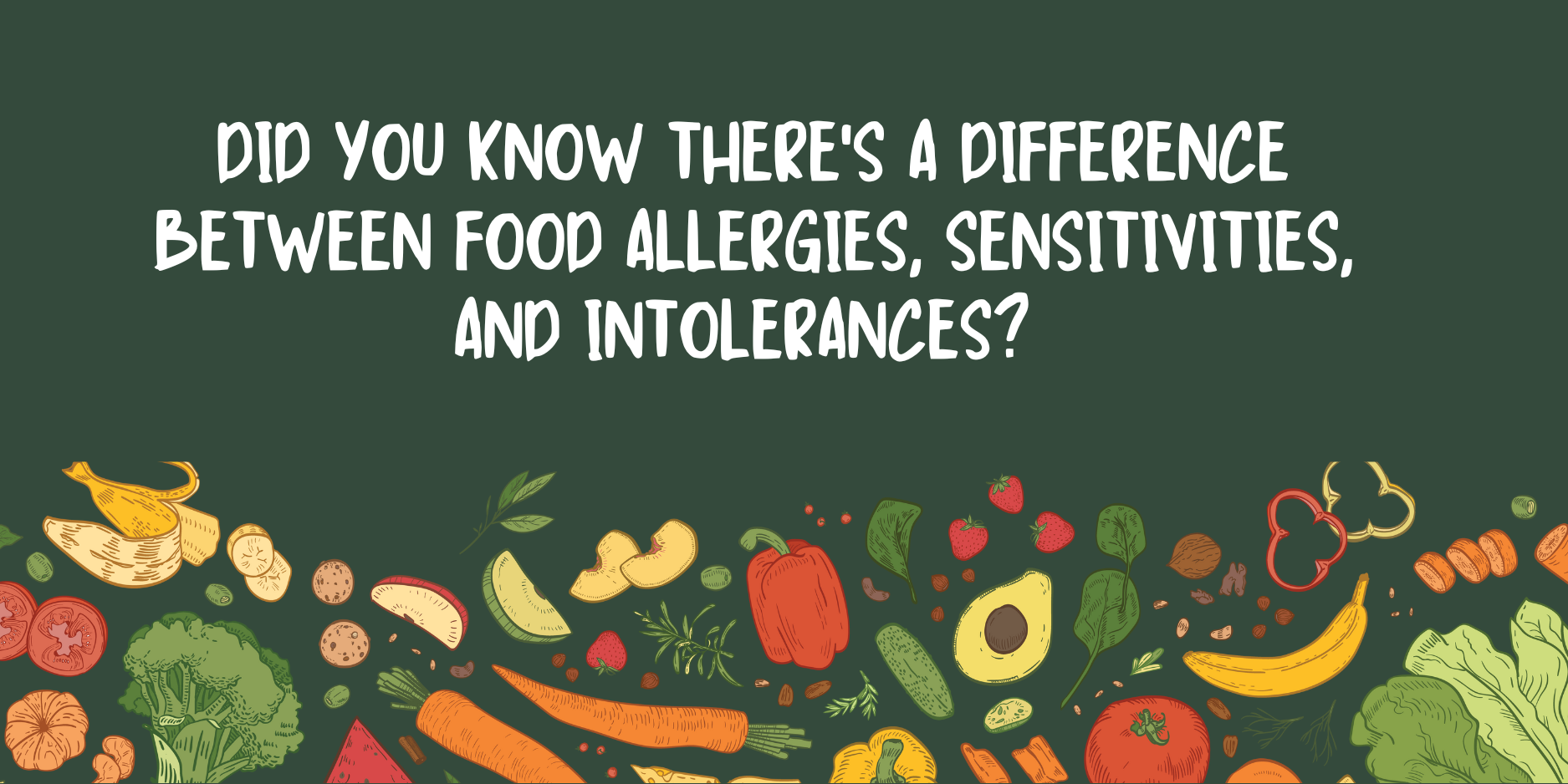

Today I’d like to talk a little bit about food elimination plans and what the real goals are. The goal is actually not to be on a restrictive diet. It’s quite the opposite. It’s to help you figure out what the optimal food plan is for you. In order to do that, of course we’re going to need to eliminate the most common things that could be causing you symptoms. And by the way, there are a lot of different food reactions that can happen. There are food allergies, food sensitivities and food intolerances, and they are three different things. And I have done some previous videos that describe exactly in detail what they are and what types of testing we can do to figure those out. So when we ask you as your provider to go on some type of food elimination plan, it’s going to be personalized and it could be anything. Of course, in our practice, we really like to use a Paleo food plan quite a bit because it gets you eating whole, real foods.
Symptom Check
It takes away processed packaged food items and it eliminates some top causers of food allergies and food sensitivities and intolerances. Once you are done with your food elimination timeframe, and by the way, we usually ask people to do food eliminations for about a month or so. So 30 days is kind of key because the data shows that it takes about three weeks or so for food reactions, especially the food sensitivities to calm down by about half. So that makes it obvious. Are you feeling better symptom wise? And by the way, just as a reminder, food allergies, sensitivities and intolerances can cause symptoms from head to toe. Usually food sensitivities are more likely to cause symptoms outside of the gut. Food allergies and intolerances do tend to show up more in gut symptoms, but you can also get, especially with food allergies, other systemic symptoms as well, for example, rashes and manifestations in the skin.
Cleaning House
So when we ask you to do a 30-day elimination or a 30-day Paleo reset or a Paleo AIP reset or a Mediterranean diet or whatever food plan we’re asking you to do, the goal is not to have you restricted for a long period of time. It’s actually quite the opposite. It’s to clean the house, so to speak, clear out any types of reactions that might be happening, and then slowly reintroduce the foods that you’re missing. Now, what happens for most people is they feel really good. I would say about 80% of the time when we put someone on a food elimination plan, it does help really improve symptoms. But everyone and myself included, you miss certain things in your diet and you want to find out can you have them without having symptoms, right? So once you’re done with your 30-day food elimination, we ask you to put things back in the diet, one new food about every three to four days and track how you feel.
What To Pay Attention To
Again, if a gut symptom happens, it’s pretty obvious, right? But what if it’s not a gut symptom, right? What if it’s a headache? What if it’s mood changes? What if it’s fatigue? What if it’s a rash? What if it’s joint pain? And so on and so forth. So you really do want to pay attention to that, and that’s why it’s really important to go slow. As in one new food group every three days or three to four days. And then if you do get a reaction, let’s say you figure out, “Ooh, you know what? When I added my yogurt back in, it gave me a stomach ache.” Okay, cool. So now you know. All right, that’s not something you should have on a regular basis because it’s going to give you a symptom. And then you would wait until you feel completely back to normal, as if before you had introduced that food, the yogurt in this example, before you would add a new food in as a trial.
And by the way, you don’t need to do this with all the foods that you eliminated. You want to do it with foods that you are wanting to reintroduce in your diet on a regular basis. So if you are like, “You know what? I don’t really even like yogurt. I may have it every once in a while.” You don’t need to go through the reintroduction process. If you are going to have it, I say at least a few times a week or more, yeah, you definitely want to do the proper reintroduction so you know how your body responds to it. So the ultimate goal is to actually get you on the most amount of foods that work for you and make you feel good. So a food elimination plan or a reset plan is really not meant to be long-term restrictive.
And there are other food plans that we put people on therapeutically for specific reasons. For example, if they have high oxalates, or if we’re doing a trial of high salicylates, or if they have high uric acid, or if we’re doing a therapeutic gut diet, for example, Low-FODMAP, Post-SIBO treatment, for example. There’s all kinds of reasons why we might ask people to be on a very specific food plan, but we never ask people to be on a super restrictive food plan for a long period of time. It’s actually not good for you. You want to get as many nutrients in as you can, meaning you need to be able to vary the amount of foods that you’re eating. So what that diet ends up looking like is super different and personalized for each one of you. I hope this video helps explain all about food elimination plans and the ultimate goal.
Share:
Dr. Emily Parke
Social Media
Most Popular Posts
Subscribe To Our Newsletter
Related Posts

New Podcast Episode: My journey into functional medicine + what I’ve learned
I’m excited to share that I recently joined DeLo for Episode 165 of the On the DeLo podcast! In this conversation, we explored my journey

Understanding the Essential Labs for Women on Hormone Replacement Therapy (HRT)
So what are the minimum labs we’re looking at when we do hormone replacement therapy? We obviously want to look at an estrogen level, so

How to figure out the right amount of HRT in women
What about checking lab values when you’re on hormone replacement therapy? I do find it to be helpful, but we also want to consider symptoms.

Did you know there’s a difference between food allergies, sensitivities, and intolerances?
Did you know that there’s a difference between food allergies, food sensitivities and food intolerances? Food allergies, the reactions tend to happen pretty immediately and
